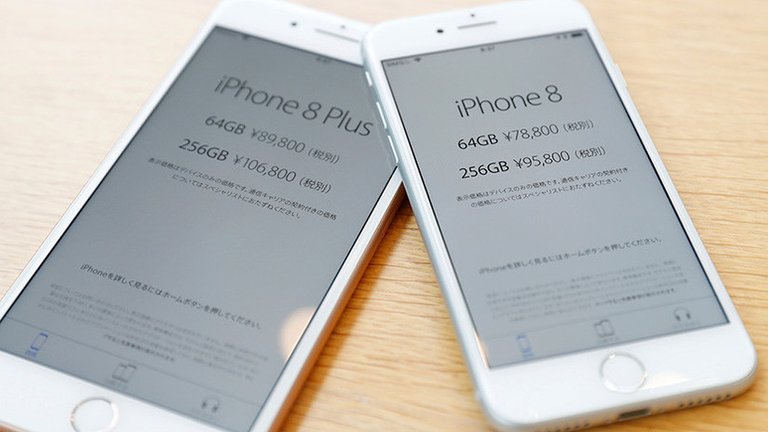In November 2016, Abdul Razak Ali Artan, a Somali refugee who attacked several people with a knife at Ohio State University (USA), was killed by police after wounding at least 11 people. Hours after the incident, an FBI agent took the index finger of the dead attacker and pressed him against the iPhone 5 found among his belongings, hoping to gain access to the device and discover the reasons for the attack.
According to an FBI forensic specialist, Bob Moledor, in an interview for Forbes magazine, this was the first known case in which the authorities used the fingerprints of a corpse to counteract the protection of Apple's 'Touch ID' system. . Unfortunately, on that occasion the fingerprint of Ali Artan was not useful and the mobile had to be sent to a specialized laboratory.
They discover an "unprecedented" tool to hack iPhone mobile
However, the publication points out that sources close to investigations by the local and federal police in New York and Ohio assure that this practice is now "relatively common", mainly because the encryption systems used by Apple are increasingly powerful and It is easier to access through the finger scanner.
Legal and economic
It is totally legal for the authorities to make use of this technique, even if it involves some ethical dilemmas. Marina Medvin, executive director of a law firm specializing in criminal defense, highlights that the right to privacy of an individual disappears after his death and, therefore, his body ceases to be private. Thus, there is little that relatives or other interested parties can do to prevent police officers from using fingerprints or part of an deceased person's body to access a 'smartphone'.
"As soon as you share information with someone, you lose control over how that information is used or protected, as well as sharing the deceased's prior information: after you have disclosed it, you lose control of your privacy." explains Medvin.